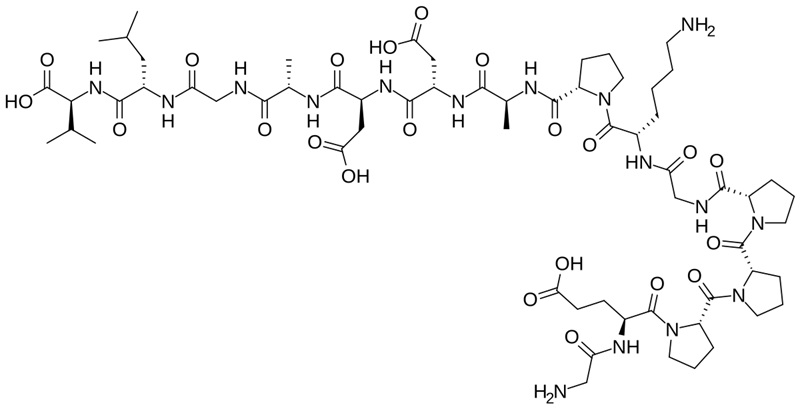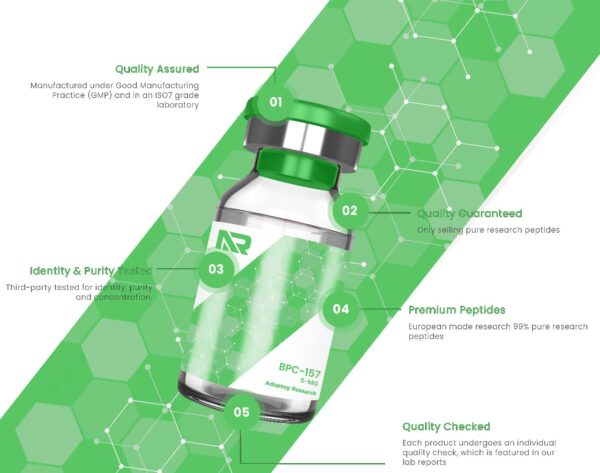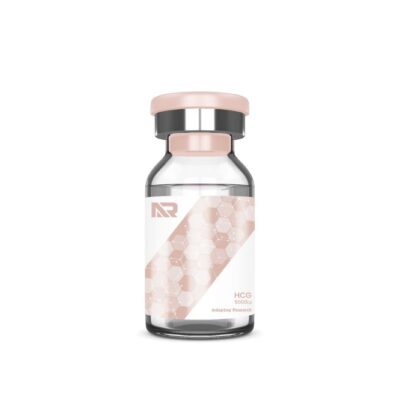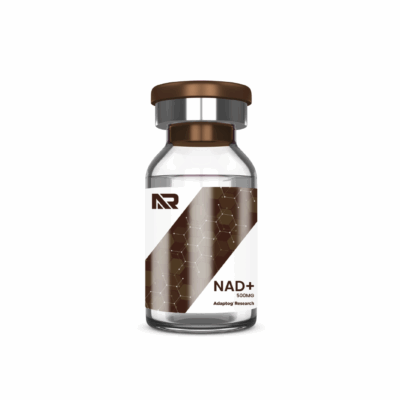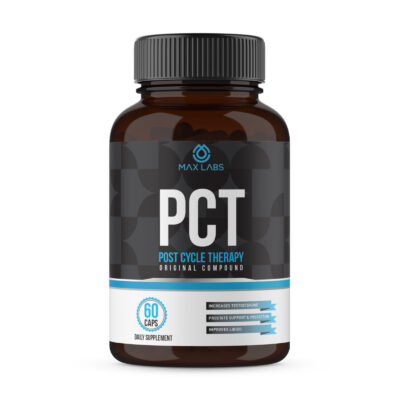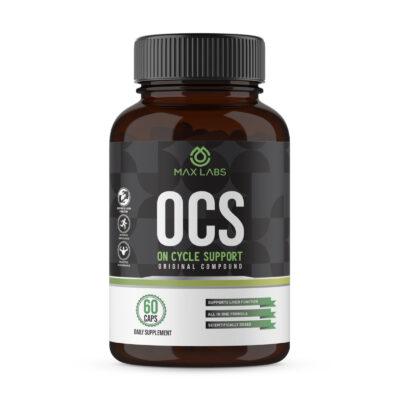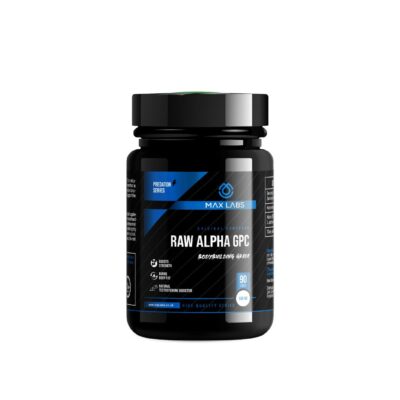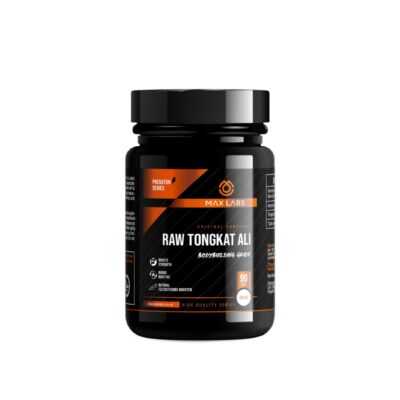What is BPC-157?
BPC-157, short for Body Protection Compound 157, is a 15-amino acid-long, synthetic analogue of a protein found in human gastric juices. It has also been referred to as PL14736 or Bepecin.
Studies on BPC-157, primarily conducted in animal models, suggest that it may have potential as a therapeutic agent due to its ability to reduce inflammation and enhance recovery from injuries.
Medicinal Potential
The endogenous BPC protein is known to protect against ulcers, support angiogenesis, and modulate inflammation, and studies on BPC-157 have been led by what is known of this protein. Here are some of the main medicinal properties that have been investigated.
Reduction in Inflammation
Inflammation is the body’s natural response to harm from toxins, infections, or injury. Reactive oxygen species (ROS) are produced in response to injury and trigger the body’s inflammatory responses in an attempt to protect against pathogens and stimulate repair. Blood vessels widen, making tissues appear red and warm. This increases blood flow, which helps to deliver more oxygen, nutrients, and immune cells to the site of damage. Tissues also swell with fluid, which acts to protect them from further damage. This swelling stretches nerves, which can cause more pain and sensitivity on top of the initial injury.
Although inflammation is intended to help your body heal, prolonged or excessive inflammation can be harmful and even cause tissue damage.
BPC-157 elicits a reduction in inflammation, which can help reduce pain and swelling associated with injuries or inflammatory diseases. A study on rats found that inflammation associated with ischemia-reperfusion injury was reduced when treated with BPC-157. Inflammation and damage to the organs were reduced, and antioxidant activity was increased [1]. A separate study on rats with gastric ulcers found that BPC-157 reduced the damage done to the gastric mucosa, which is owed, in part, to its ability to inhibit inflammation [2].
Promotion of Angiogenesis
Angiogenesis is the formation of new blood vessels. Blood vessels are responsible for transporting oxygen and nutrients to tissues, so they play an important role in the process of healing and growth. Angiogenesis happens naturally in response to low oxygen, injury, and exercise, and is the body’s way of adapting to stress.
BPC-157 can stimulate angiogenesis in damaged tissues, accelerating healing. In a study that investigated the effect of BPC-157 on a rat model of hind limb ischemia, angiogenesis was promoted, helping to restore blood flow to the starved tissues by upregulating VEGFR2, a key regulator of angiogenesis [3]. In another study, it increased blood vessel formation in damaged muscles and tendons, resulting in improved healing [4].
Growth Factor Modulation
Growth factors, as the name would suggest, stimulate the growth of new cells. When tissues have been damaged by infection and injury or stressed by exercise, growth factors are expressed, stimulating the growth and repair of cells.
BPC-157 can upregulate growth factors, accelerating healing and recovery. Studies on animals have found that the upregulation of growth factors and increase in angiogenesis caused by BPC-157 help to significantly accelerate the healing of muscles and tendons [5]. Findings such as these are consistently reported in laboratory tests [6,7].
Gastroprotection
The gut and its lining can be damaged by things such as alcohol, NSAIDs, stress, or surgery. This can damage the gastrointestinal (GI) tract and aggravate inflammation.
BPC-157 can help by:
- Reducing gut inflammation
- Improving blood flow
- Promoting healing.
It can also stimulate the secretion of the mucous that makes up part of the protective layer of the mucous membrane and help restore tight junction proteins, which can be lost in conditions such as inflammatory bowel disease (IBD) and celiac disease. It exerts a wide range of protective effects on the GI tract, including:
- Aiding the healing of lesions
- Guarding against the harmful effects of drugs
- Maintaining the integrity of the gastrointestinal mucosa [8–10]
Neuroprotection
In cases where the brain or spine has been injured, the anti-inflammatory, angiogenic, and growth factor modulatory activities of BPC-157 are beneficial in preventing secondary damage and accelerating recovery.
It supports nerve regeneration, meaning functional recovery after injury is enhanced, and it modulates the nitric oxide (NO) system, which improves the survival of neurons and glial cells. In animal models of stroke, BPC-157 was able to reduce brain damage and improve functional recovery [11,12]. It has also shown promise in its ability to:
- Improve spinal cord injury recovery
- Reduce nerve death and demyelination
- Reduce symptoms of schizophrenia and protect the brain from harmful agents in animal models [13].
How It Is Administered
In Studies
Most of the studies on BPC-157 have been on animals, and the route of administration and doses that were given vary. It has been administered orally, intraperitoneally, subcutaneously, topically, and intravenously in doses that range from 10ng/kg to 50µg/kg.
Animal studies have demonstrated that BPC-157 remains stable, even when exposed to gastric juices. It is able to exert its beneficial effects in tissues far beyond the GI system when administered orally, which would suggest that it is absorbed through the gut and transported throughout the body.
In human studies, BPC-157 has been delivered orally and intravenously. The human pilot study on BPC-157 found that it was tolerated well in doses of up to 20mg when given intravenously, and no adverse side effects were seen [14]. A Phase I human trial has also been conducted, where participants were given up to 9mg of BPC-157 orally each day for 2 weeks. Unfortunately, the results of this study were never published [15].
If you were to compare the doses given to humans and animals purely based on milligrams given per kilogram of body weight, human studies have used relatively high doses of BPC-157. Of course, it is unwise to directly compare the doses given to animals and the doses given to humans, as the body’s surface area should also be taken into account when translating doses between species. But if this factor is taken into account, the doses humans were given in the pilot study still exceed those that have been tested in animals. At this point, it should be noted that only 2 humans participated in the pilot study, and only the tolerability of BPC-157 was scrutinised, not its potential health benefits.
BPC-157 Supplements
BPC-157 products are currently available on the market, typically as:
- Injectables
- Capsules
- Drops
Recommended doses vary between vendors.
As Injectables
Injectable vials contain 1-10mg per vial, with doses of 250µg to 500µg being recommended once to twice daily.
Injectable vials tend to contain powders that require reconstitution with any of the following before use:
- Bacteriostatic water
- Sterile saline
- Sterile water for injection (SWFI)
Vendors may offer advice on how to reconstitute the powder to get a certain concentration, for example, a vial containing 5mg would require the addition of 2ml to give a concentration of 250µg per 0.1ml.
As Capsules or Drops (oral)
Capsules may contain 250µg, 500µg, or 1mg per capsule. The 1mg capsules are recommended to be taken once daily, while the 250µg and 500µg capsules are recommended to be taken once to twice daily.
Oral drops can come in bottles containing 5-20mg of BPC-157, which are intended to be taken sublingually.
Anecdotal Reports
Anecdotal reports of side effects include:
- Redness, soreness, and swelling at the site of injection
- Headaches
- Dizziness
- Nausea
There have been mixed results voiced by people, with some saying that it has helped them to recover from injuries, reduced pain, improved their gut health or mood, while others have reported that it has no noticeable effect.
Risks
Limited Research
Most of the research on BPC-157 has been conducted either in vitro or on animals. These studies are less valuable than human studies, as we cannot assume that BPC-157 will behave in humans exactly as it does in animals. Tests on humans include a pilot study, which recruited 2 participants who received BPC-157 intravenously, and a Phase I human trial, which involved 47 participants, but for which the results were not published. Ideally, we would like to see more research conducted on humans to get a clearer idea of its effects on the body.
Regulation
BPC-157 is not approved for human use. This is mainly due to the lack of human studies, which are needed to confirm its safety and efficacy. Since it is unregulated, there may be a lack of quality control, meaning products that claim to contain BPC-157 may not contain the quantity advertised or may be contaminated. This might explain why some people have reported benefits while others have not.
Legal Implications
BPC-157 is currently not an approved drug, but a research chemical. As such, it can be purchased for research purposes only. It has also been banned by the World Anti-Doping Agency (WADA) and testing positive can lead to suspension or disqualification.
Where to Buy BPC-157 in the UK?
Researchers can buy BPC-157 by visiting the UK SARMs store. We provide certificates of analysis to prove purity levels and offer next-day delivery for UK residents.
Conclusion
Animal studies on BPC-157 have shown many promising results in the treatment of a wide range of ailments; it is no wonder people would anticipate its approval as a drug. However, there is only so much that can be learned from animal studies. Ultimately, we need to conduct more human trials to gain a clearer understanding of the efficacy of BPC-157 and its potential risks. Despite this, many vendors currently sell BPC-157, and reports by users offer mixed reviews. This is perhaps due to the variability in the quality of products that are being sold, but perhaps also due to our current lack of understanding of its activity in humans.
References
- Demirtaş H, Özer A, Yıldırım AK, Dursun AD, Sezen ŞC, Arslan M. Protective Effects of BPC 157 on Liver, Kidney, and Lung Distant Organ Damage in Rats with Experimental Lower-Extremity Ischemia-Reperfusion Injury. Med Kaunas Lith. 2025;61(2):291. doi:10.3390/medicina61020291
- Wu H, Wei M, Li N, et al. Clopidogrel-Induced Gastric Injury in Rats is Attenuated by Stable Gastric Pentadecapeptide BPC 157. Drug Des Devel Ther. 2020;14:5599-5610. doi:10.2147/DDDT.S284163
- Hsieh MJ, Liu HT, Wang CN, et al. Therapeutic potential of pro-angiogenic BPC157 is associated with VEGFR2 activation and up-regulation. J Mol Med Berl Ger. 2017;95(3):323-333. doi:10.1007/s00109-016-1488-y
- Brcic L, Brcic I, Staresinic M, Novinscak T, Sikiric P, Seiwerth S. Modulatory effect of gastric pentadecapeptide BPC 157 on angiogenesis in muscle and tendon healing. J Physiol Pharmacol Off J Pol Physiol Soc. 2009;60 Suppl 7:191-196.
- Chang CH, Tsai WC, Hsu YH, Pang JHS. Pentadecapeptide BPC 157 enhances the growth hormone receptor expression in tendon fibroblasts. Mol Basel Switz. 2014;19(11):19066-19077. doi:10.3390/molecules191119066
- Seiwerth S, Rucman R, Turkovic B, et al. BPC 157 and Standard Angiogenic Growth Factors. Gastrointestinal Tract Healing, Lessons from Tendon, Ligament, Muscle and Bone Healing. Curr Pharm Des. 2018;24(18):1972-1989. doi:10.2174/1381612824666180712110447
- Gwyer D, Wragg NM, Wilson SL. Gastric pentadecapeptide body protection compound BPC 157 and its role in accelerating musculoskeletal soft tissue healing. Cell Tissue Res. 2019;377(2):153-159. doi:10.1007/s00441-019-03016-8
- Ilic S, Drmic D, Franjic S, et al. Pentadecapeptide BPC 157 and its effects on a NSAID toxicity model: diclofenac-induced gastrointestinal, liver, and encephalopathy lesions. Life Sci. 2011;88(11-12):535-542. doi:10.1016/j.lfs.2011.01.015
- Sikiric P, Seiwerth S, Rucman R, et al. Stable Gastric Pentadecapeptide BPC 157: Novel Therapy in Gastrointestinal Tract. Curr Pharm Des. 2011;17(16):1612-1632. doi:10.2174/138161211796196954
- Sikiric P, Hahm KB, Blagaic AB, et al. Stable Gastric Pentadecapeptide BPC 157, Robert’s Stomach Cytoprotection/Adaptive Cytoprotection/Organoprotection, and Selye’s Stress Coping Response: Progress, Achievements, and the Future. Gut Liver. 2020;14(2):153-167. doi:10.5009/gnl18490
- Vukojević J, Vrdoljak B, Malekinušić D, et al. The effect of pentadecapeptide BPC 157 on hippocampal ischemia/reperfusion injuries in rats. Brain Behav. 2020;10(8):e01726. doi:10.1002/brb3.1726
- Vukojevic J, Vrdoljak B, Malekinusic D, et al. The Effect of BPC 157 on Ischemic/Reperfusion Injuries in Rat Brain. FASEB J. 2016;30(S1). doi:10.1096/fasebj.30.1_supplement.706.5
- Vukojevic J, Milavić M, Perović D, et al. Pentadecapeptide BPC 157 and the central nervous system. Neural Regen Res. 2022;17(3):482. doi:10.4103/1673-5374.320969
- Lee E, Burgess K. Safety of Intravenous Infusion of BPC157 in Humans: A Pilot Study. Altern Ther Health Med. 2025;31(5):20-24.
- ClinicalTrials.gov. A Safety and Pharmacokinetics Study of Oral PL14736 in Healthy Volunteers. U.S. National Library of Medicine https://clinicaltrials.gov/study/NCT02637284

